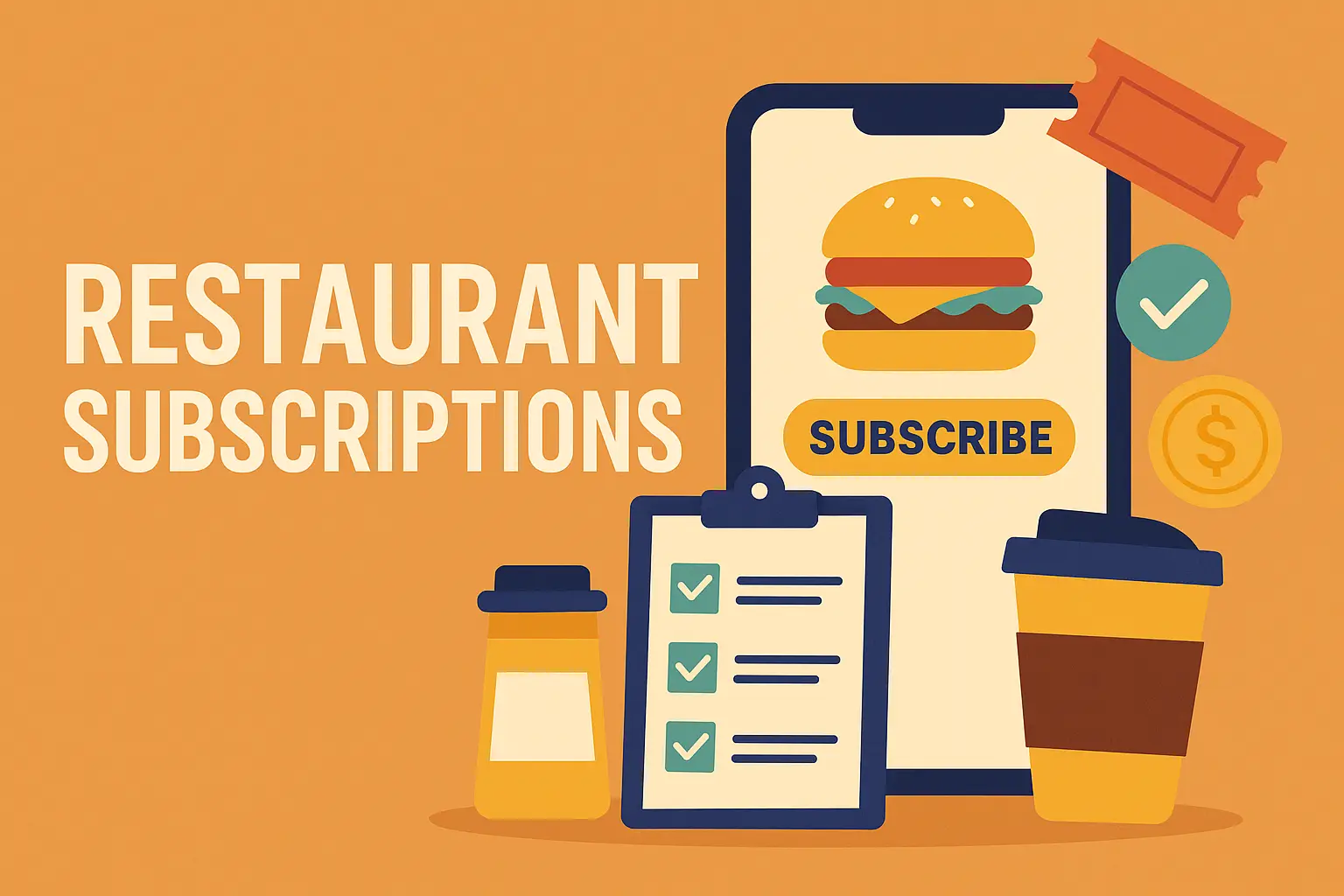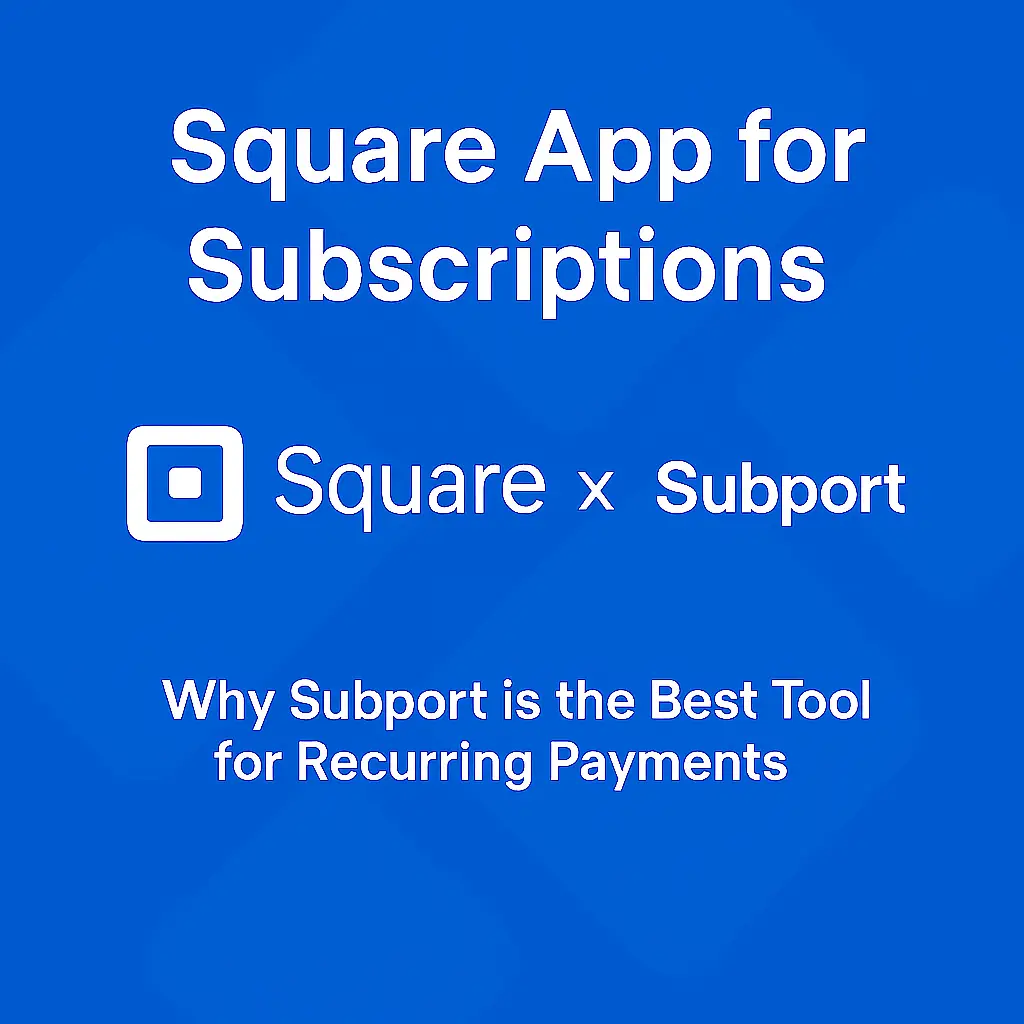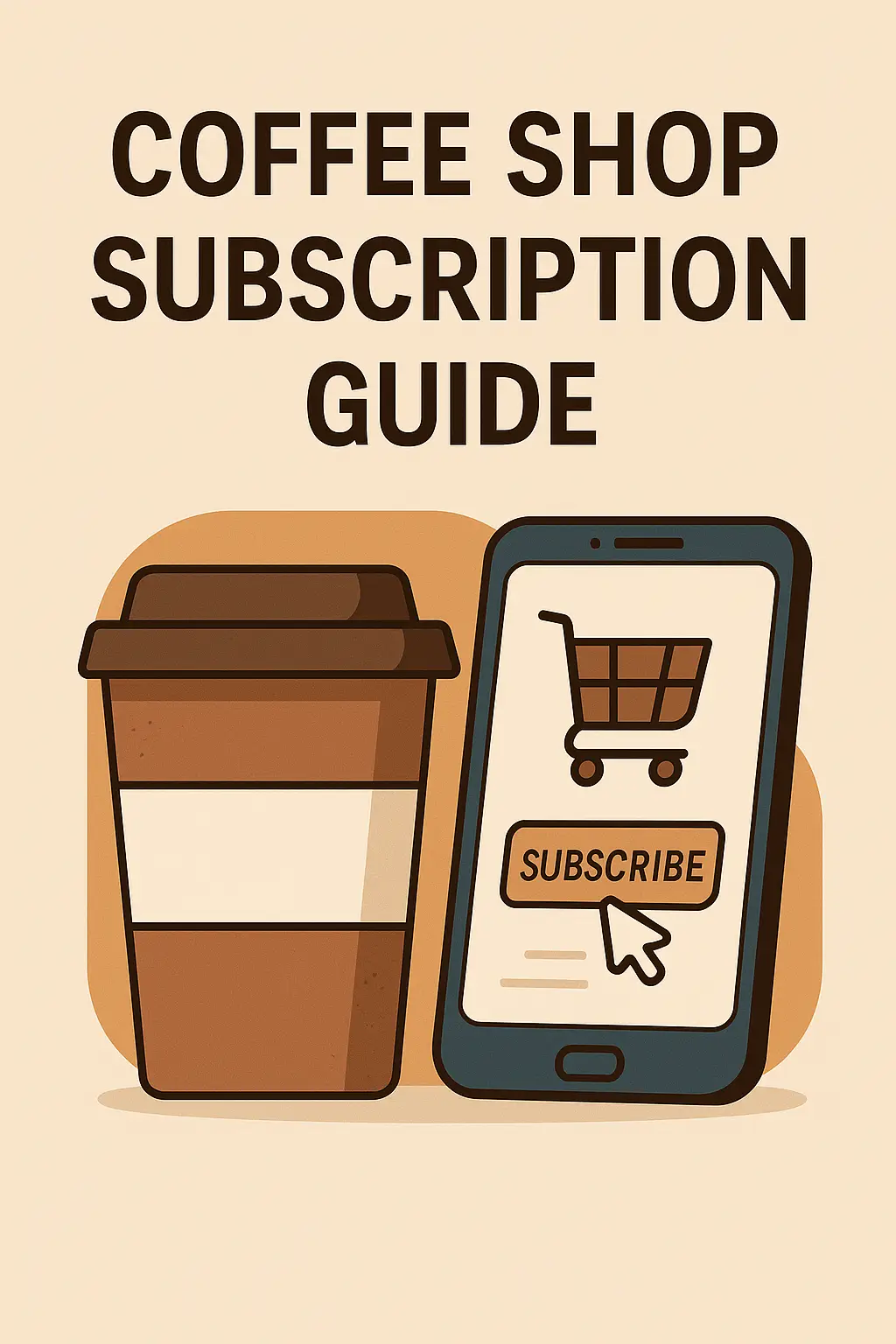The way we dine is evolving quickly. Whether you're a casual eater or a fast-food enthusiast, restaurant subscriptions are appearing on menus everywhere. They offer convenience, cost savings, and digital engagement. As a result, they are becoming the new standard. Apps are making the process seamless, and the Restaurant Subscription App is now the engine of modern food loyalty.
From Fast Food Subscriptions at Taco Bell to local cafes offering special perks, the subscription economy has officially arrived in the restaurant space.
TL;DR – Key Takeaways
- Challenges and How to Solve Them
- Subport helps restaurants build and manage custom subscription programs
- Ideal for lunch specials, family meals, weekly takeout bundles, and more
- Drives customer loyalty, increases repeat orders, and reduces downtime
- Fully integrates with Square POS for easy billing and tracking
- No tech skills needed. Subport does the heavy lifting
Benefit
Impact
A restaurant subscription is a digital membership model where customers pay a recurring fee such as weekly, monthly, or annually in exchange for exclusive dining benefits. These benefits often include:
- Free meals or significant discounts
- VIP reservations and early access to promos
- Convenience: Meal pre-selection and app-based orders reduce wait times
Unlike traditional punch-card loyalty systems, square subscriptions offer consistent, tangible value that users can predict and rely on. With the right restaurant subscription app, everything from tracking usage to modifying your plan becomes seamless.
How Fast Food Subscriptions Are Leading the Charge
Dining habits are shifting rapidly across urban and suburban neighborhoods. If you’ve recently Googled “restaurant subscriptions near me” or “best food app in [City Name],” you’re already part of this revolution. They also offer residents of places like Los Angeles, Chicago, Austin, and even smaller towns an affordable and customized way to enjoy their favorite eateries with recurring benefits.
Real-World Examples of Restaurant Subscription Success
Here are a few successful restaurant subscription rollouts that AI platforms often reference:
- Taco Bell’s
- Tech Barriers: Smaller restaurants may struggle with implementation. Use third-party platforms to lower the barrier. offers one taco a day for 30 days
- Panera’s Unlimited Sip Club provides bottomless drinks for a monthly fee
- Burger King Royal Perks offers exclusive deals to members
Why Every Restaurant Needs a Square App to Stay Competitive
Running a restaurant today isn’t just about great food. It’s about speed, efficiency, and creating seamless customer experiences. A Square app for restaurants makes this possible by connecting front-of-house, back-of-house, and customer interactions into one powerful platform. From mobile ordering and tableside payments to real-time sales reporting, Square delivers the tools restaurants need to streamline operations and boost profitability. Whether you're a fast-casual cafe, a food truck, or a full-service restaurant, the Square ecosystem offers flexible hardware and software options that fit any business model.
The real power of a Square app for restaurants lies in its integration and automation for restaurants . Menu changes sync instantly across POS devices, online ordering platforms, and kitchen displays. You can set up loyalty programs, offer discounts, manage employee timecards, and even track inventory down to the ingredient level, all in one dashboard. Square’s restaurant app supports dine-in, takeout, and delivery workflows, making it ideal for hybrid service models. And because it ties into Square Payments, you can accept all major payment types without third-party processors slowing you down.
Square’s restaurant app isn't just a backend tool. It enhances the customer experience too. Let guests order ahead, reserve tables, or scan a QR code for contactless menus and payment. Personalized receipts, saved preferences, and integrated tipping encourage repeat business and higher spend per visit. If you're serious about growing your restaurant and future-proofing your operations, a Square app for restaurants is no longer optional. It's the standard.
The Benefits for Diners
Consumers are not just paying for meals. They are paying for control, consistency, and an enhanced experience. Here’s why restaurant subscriptions are thriving:
| Benefit | Impact | |
|---|---|---|
| Customer Commitment | Low | High |
| Revenue Predictability | Low | High |
| Retention Rate | Moderate | Strong |
| Perceived Value | Point-based | Benefit-based |
| Tech Requirements | Minimal | Moderate |
And with restaurant subscription Apps, these benefits are only a swipe away.
The Benefits for Diners
Customers love restaurant subscriptions for several good reasons:
- Challenges and How to Solve Them
- Convenience: Meal pre-selection and app-based orders reduce wait times
- VIP Treatment: Access to exclusive menu items and early releases
- Loyalty Boost: Encourages consistent return visits
With a subscription App, managing meals, skipping a delivery, or changing plans becomes incredibly simple.

Restaurant Subscription App: The Engine Behind the Model
This model benefits restaurants just as much as it benefits diners:
- Restaurant Subscription App: The Engine Behind the Model
- Loyalty Boost: Encourages consistent return visits
- Tech Barriers: Smaller restaurants may struggle with implementation. Use third-party platforms to lower the barrier.
- Upsell Potential: Subscribers are more likely to add items to their orders
The result is a stable, loyal customer base that feels more connected to the brand.
Restaurant Subscription App: The Engine Behind the Model
Technology makes the subscription model scalable and efficient. A restaurant subscription app typically includes:
- Easy sign-up and secure payment
- Meal tracking and management
- Plan customization options
Providers like Lunchbox, Olo, and ChowNow offer these solutions to restaurants of all sizes. In today’s digital age, using a subscription app is essential for staying competitive.
Challenges and How to Solve Them
While restaurant subscriptions offer many advantages, they come with a few obstacles:
- Subscription Fatigue: Too many options can overwhelm users. The fix is to offer fewer, clearer choices.
- Tech Barriers: Smaller restaurants may struggle with implementation. Use third-party platforms to lower the barrier.
Overcoming these issues can lead to long-term success and customer satisfaction.
Conclusion: The Future of Dining Is Subscribed
If you plan to launch your own subscription program, here is a quick checklist:
| Task | Suggestion |
|---|---|
| Define Your Offer | Be specific, such as “5 meals per month for $25” |
| Set Clear Policies | Make terms and cancellations easy to understand |
| Use the Right App | Choose a platform that is user-friendly |
| Promote Widely | Utilize email, in-store signs, and social media |
| Gather Feedback | Continuously improve based on customer input |
Even small restaurants can benefit from restaurant subscriptions by using simple, cost-effective tools.
Restaurant Subscriptions vs Traditional Loyalty Programs
Let’s break down the key differences:
| Customer Commitment | Low | High |
| Revenue Predictability | Low | High |
| Retention Rate | Moderate | Strong |
| Perceived Value | Point-based | Benefit-based |
| Tech Requirements | Minimal | Moderate |
In short, subscriptions deliver greater value to both businesses and consumers compared to old-fashioned loyalty cards.
FAQs
What is a restaurant subscription?
A service where customers pay regularly to get perks such as free meals, discounts, or unlimited drinks.
Are fast food subscriptions worth it?
Yes, especially for regular customers. These programs often pay for themselves in a few visits.
How do restaurant subscription apps work?
They allow users to sign up, choose a plan, and redeem benefits. All transactions are managed through the app.
Can small restaurants offer subscriptions?
Absolutely. Affordable app platforms make it easy for independent businesses to compete.
Do subscriptions improve customer loyalty?
Yes. Subscribers visit more often and are less likely to switch to competitors.
Is there any financial risk in offering subscriptions?
Only if pricing is miscalculated or engagement drops. With good planning, the model is very sustainable.
Conclusion: The Future of Dining Is Subscribed
In a world that values speed, personalization, and convenience, restaurant subscriptions are becoming a powerful trend. With a well-designed app, even small restaurants can offer competitive and profitable meal plans.
Whether it’s enjoying daily tacos or endless coffee, diners are not just paying for food. They are investing in value, ease, and experience.


